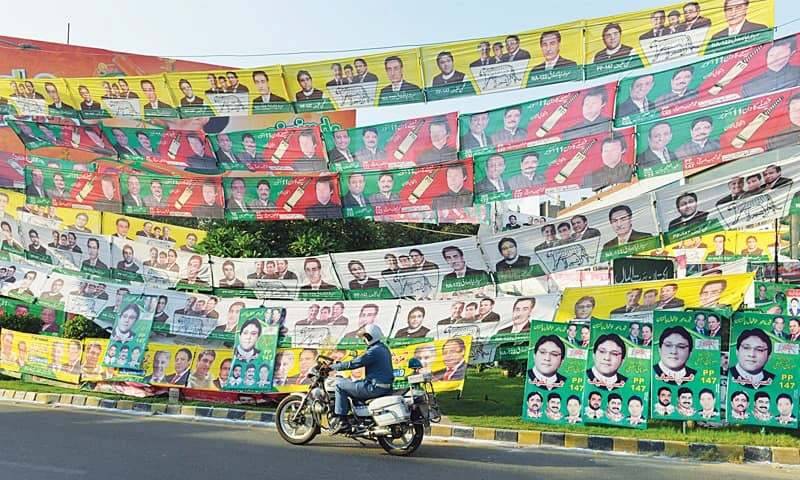
During the 1948 US Presidential Election, Republican Party candidate, Thomas E. Dewey, was expected to trounce the Democratic Party nominee, Harry S. Truman.
Almost all major opinion polls predicted a resounding victory for Dewey and the Republican Party’s return to the White House after almost 16 years.
The most widely conducted and prominent poll was steered by Gallup which predicted that Dewey would receive 50 percent of the votes and Truman 44 percent.
The poll suggested that Dewey would be able to win most of the major states and thus chunk of the electoral college votes. There was hardly a poll which thought otherwise.
So much so that one of the country’s leading dailies, the Chicago Tribune, decided to go ahead and publish the news of Dewey’s victory hours before the final results of the election began to pour in.
But the results stunned the pollsters. Truman managed to capture 49.6 percent of the popular vote compared to Dewey’s 45.1%. The pollsters received a bigger shock when Truman bagged an impressive 303 electoral votes compared to Dewey’s 189.
On the day of the results, a proud and laughing Truman got himself photographed holding a copy of the Chicago Tribune that had announced Dewey’s victory in the election.
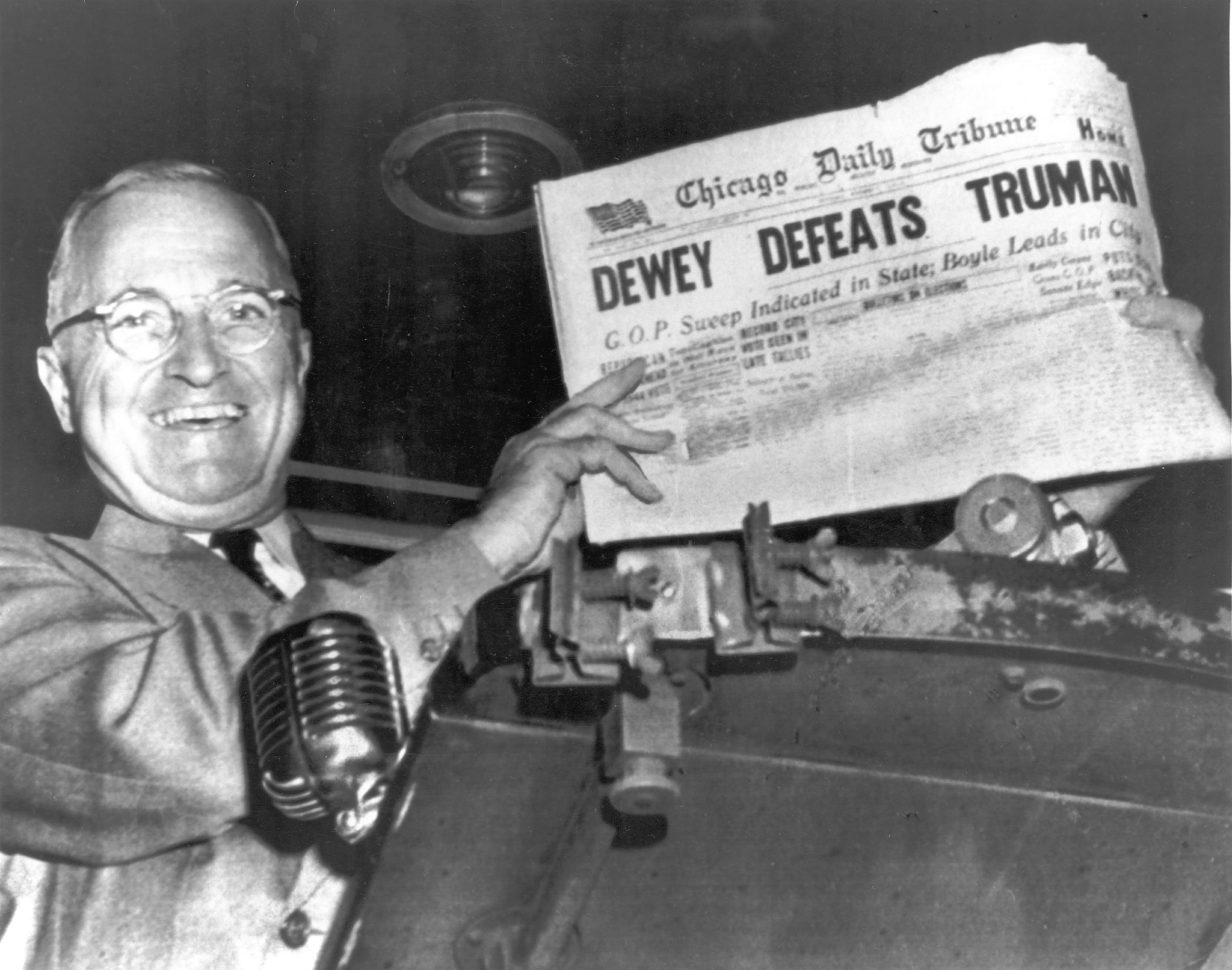
Something similar happened in Pakistan during the 1970 election. Even though no major polling agency conducted any serious survey, some newspapers and government agencies did conduct their own surveys in the months leading up to the 1970 election.
The December 9, 1970 edition of one of UK’s largest dailies, The Guardian, reported that the Pakistani government (then being headed by General Yahiya Khan) and ‘political pundits’ had been ‘stupefied’ by the election results that saw Mujeeb-ur-Rahman’s Awami League (AL) and ZA Bhutto’s Pakistan Peoples’ Party (PPP) sweeping the election in East and West Pakistan respectively.
According to political scientists Philip E. Jones and Grieg Baxter who closely monitored and studied the 1970 election, the government agencies had predicted a hung parliament and so had most political pundits.
What’s more, the pro-Jamat-e-Islami (JI) daily, Jassrat, went ahead and published a headline before the final results had been announced. The headline hailed JI’s impressive performance in the election. In reality, JI could win just 4 seats.
AL swept the election in East Pakistan and PPP won big in West Pakistan’s two largest provinces, Punjab and Sindh. The establishment, which, according to its own surveys and predictions, was looking forward to a hung parliament, was thrown aback.

Also in 1970, voters in UK completely overturned the predictions of almost every major opinion poll held before that year’s election.
The summer edition of the highly regarded UK journal, the Public Opinion Quarterly, published the consolidated results of various election surveys held in the UK just before the June 1970 election.
The Labour Party enjoyed an almost 7 percent lead in opinion polls over the Conservative Party. Just one survey out of the main four gave Conservatives a 1 percent lead over Labour.
Labour was expected to win a stunning majority. But as the results began to trickle in, the survey predictions were turned on their head.
The Conservative Party trounced Labour by winning 330 seats after gaining a whopping 80 seats compared to the 1966 election. The pollsters and the media were left scratching their heads.
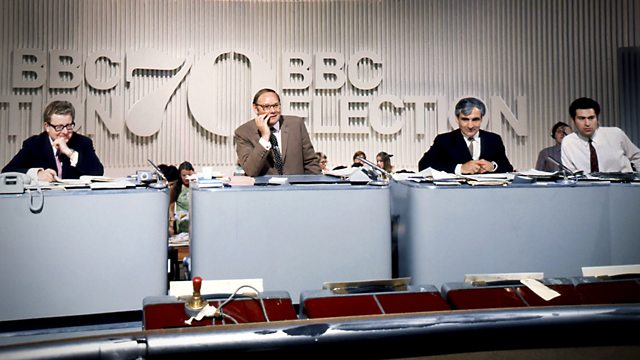
During the 2004 general elections in India, almost every major election survey and opinion poll had predicted a comfortable victory for the Bhartiya Janta Party (BJP) and its allies. The Congress Party and its allies were expected to come a distant second.
But the actual results sent a shockwave across BJP and its partners who had completely relied on the findings of the surveys. Congress and its partner parties won 218 seats compared to BJP and its allies’ 138.
Another unexpected result was the impressive show by the Left Front which won 54 seats. The surveys were vehemently criticized for being influenced by a lush BJP campaign in the cities while ignoring large rural areas where Congress managed to win most of its seats.
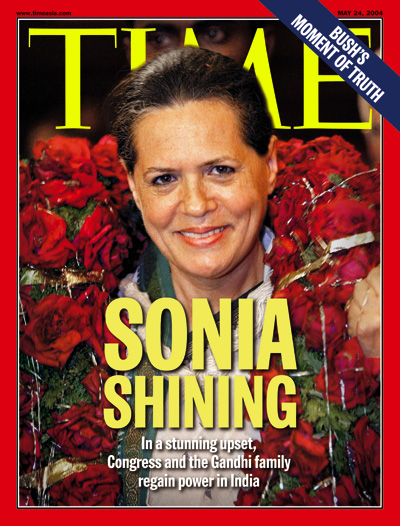
The United States now has some of the most sophisticated and widespread opinion poll mechanisms. Almost every major election and opinion poll organization weighs in with their research, survey and predictions during US Presidential elections and so do dozens of leading media houses.
During the 2016 US Presidential election, over 95 percent of all surveys and opinion polls gave Democratic Party candidate, Hillary Clinton, a slight lead in the popular vote over the controversial Republican Party nominee, Donald Trump.
Even though Clinton did go on to win the popular vote (getting 48.2 percent to Trump’s 46.1), the pollsters and pundits were left astonished when Trump won the states which most surveys predicted would go to the Democrats.
These included Michigan, Pennsylvania, Wisconsin and Florida. The first three had been voting Democrat since the 1990s. Wins here gave Trump enough electoral college votes to run past Clinton and towards a most unexpected victory.
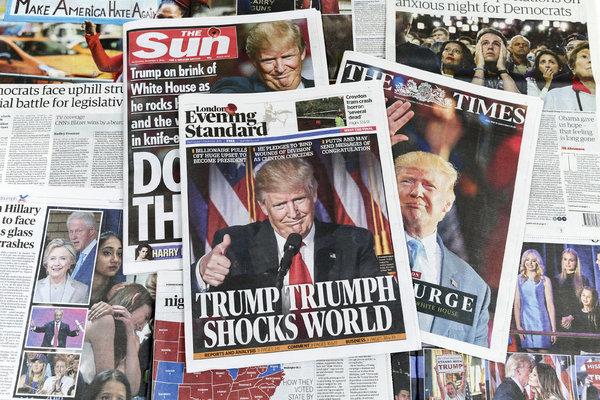
Almost all major opinion polls predicted a resounding victory for Dewey and the Republican Party’s return to the White House after almost 16 years.
The most widely conducted and prominent poll was steered by Gallup which predicted that Dewey would receive 50 percent of the votes and Truman 44 percent.
The poll suggested that Dewey would be able to win most of the major states and thus chunk of the electoral college votes. There was hardly a poll which thought otherwise.
So much so that one of the country’s leading dailies, the Chicago Tribune, decided to go ahead and publish the news of Dewey’s victory hours before the final results of the election began to pour in.
But the results stunned the pollsters. Truman managed to capture 49.6 percent of the popular vote compared to Dewey’s 45.1%. The pollsters received a bigger shock when Truman bagged an impressive 303 electoral votes compared to Dewey’s 189.
On the day of the results, a proud and laughing Truman got himself photographed holding a copy of the Chicago Tribune that had announced Dewey’s victory in the election.

A triumphant Truman mocks the pollsters and the Chicago Tribune.
Something similar happened in Pakistan during the 1970 election. Even though no major polling agency conducted any serious survey, some newspapers and government agencies did conduct their own surveys in the months leading up to the 1970 election.
The December 9, 1970 edition of one of UK’s largest dailies, The Guardian, reported that the Pakistani government (then being headed by General Yahiya Khan) and ‘political pundits’ had been ‘stupefied’ by the election results that saw Mujeeb-ur-Rahman’s Awami League (AL) and ZA Bhutto’s Pakistan Peoples’ Party (PPP) sweeping the election in East and West Pakistan respectively.
According to political scientists Philip E. Jones and Grieg Baxter who closely monitored and studied the 1970 election, the government agencies had predicted a hung parliament and so had most political pundits.
What’s more, the pro-Jamat-e-Islami (JI) daily, Jassrat, went ahead and published a headline before the final results had been announced. The headline hailed JI’s impressive performance in the election. In reality, JI could win just 4 seats.
AL swept the election in East Pakistan and PPP won big in West Pakistan’s two largest provinces, Punjab and Sindh. The establishment, which, according to its own surveys and predictions, was looking forward to a hung parliament, was thrown aback.

Commotion at the ‘election cell’ of the state-owned PTV. Contrary to predictions, the 1970 election did not produce a hung parliament.
Also in 1970, voters in UK completely overturned the predictions of almost every major opinion poll held before that year’s election.
The summer edition of the highly regarded UK journal, the Public Opinion Quarterly, published the consolidated results of various election surveys held in the UK just before the June 1970 election.
The Labour Party enjoyed an almost 7 percent lead in opinion polls over the Conservative Party. Just one survey out of the main four gave Conservatives a 1 percent lead over Labour.
Labour was expected to win a stunning majority. But as the results began to trickle in, the survey predictions were turned on their head.
The Conservative Party trounced Labour by winning 330 seats after gaining a whopping 80 seats compared to the 1966 election. The pollsters and the media were left scratching their heads.

Experts at BBC TV are stunned by the unexpected results of the 1970 UK elections.
During the 2004 general elections in India, almost every major election survey and opinion poll had predicted a comfortable victory for the Bhartiya Janta Party (BJP) and its allies. The Congress Party and its allies were expected to come a distant second.
But the actual results sent a shockwave across BJP and its partners who had completely relied on the findings of the surveys. Congress and its partner parties won 218 seats compared to BJP and its allies’ 138.
Another unexpected result was the impressive show by the Left Front which won 54 seats. The surveys were vehemently criticized for being influenced by a lush BJP campaign in the cities while ignoring large rural areas where Congress managed to win most of its seats.

A Time cover mocking BJP’s election slogan ‘India Shining’ which influenced pollsters to predict a BJP win in the 2004 Indian election. BJP lost.
The United States now has some of the most sophisticated and widespread opinion poll mechanisms. Almost every major election and opinion poll organization weighs in with their research, survey and predictions during US Presidential elections and so do dozens of leading media houses.
During the 2016 US Presidential election, over 95 percent of all surveys and opinion polls gave Democratic Party candidate, Hillary Clinton, a slight lead in the popular vote over the controversial Republican Party nominee, Donald Trump.
Even though Clinton did go on to win the popular vote (getting 48.2 percent to Trump’s 46.1), the pollsters and pundits were left astonished when Trump won the states which most surveys predicted would go to the Democrats.
These included Michigan, Pennsylvania, Wisconsin and Florida. The first three had been voting Democrat since the 1990s. Wins here gave Trump enough electoral college votes to run past Clinton and towards a most unexpected victory.

